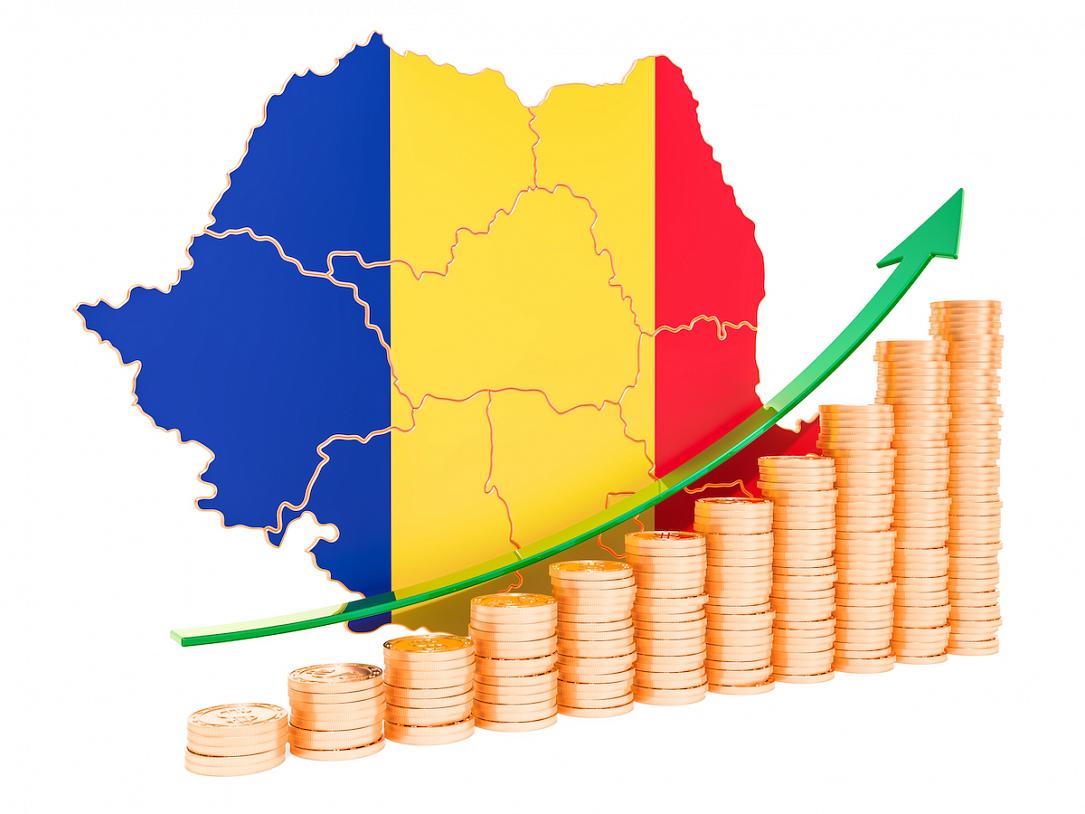WB significantly improves forecast on Romania’s economic growth, warns about risks around the corner



The World Bank (WB) increased its forecast on Romania’s economic growth this year to 4.2%, according to the Europe and Central Asia Economic Update published on October 9. In June this year, the World Bank was estimating a 3.6% economic growth for Romania in 2019. The estimates for 2020 and 2021 were also increased by 0.3 percentage points and 0.1 pp respectively, to 3.6% and 3.2%, according to the same report.
“Romania’s growth was stronger than anticipated, at 4.7% in the first half of 2019. Economic activity was driven by private consumption, supported by an expansionary fiscal policy and a rebound in investment. The labor market has tightened, with unemployment reaching historic lows. Increases in wages and pensions contributed to continued poverty reduction,” reads the WB report.
However, “risks to the economic growth outlook have risen and stem from weaker demand from major export markets, a tightening labor market and the uncertainty of fiscal policy,” the report warns.
World Bank economists expect Romania’s economic growth to moderate over the medium term in line with long-term potential, as the available fiscal space shrinks and the labor market increasingly tightens. “This tightening is likely to be most pronounced for tertiary-educated workers, whose employment rates at 89.2 percent in Q1 2019 were twice those of workers with less than lower-secondary education. This is likely to put pressure on wage growth and to feed into rising inequality.”
Meanwhile, “strong private consumption aided by the expansionary fiscal policy and continued growth in real wages, partly supported by minimum wage increases, should continue to boost real incomes and lead to further declines in poverty incidence.”
In terms of risks, the uncertainty of fiscal policy coupled with the tightening labor market – amplified by emigration - could generate significant domestic adverse effects on growth and investment. “These would be exacerbated by the expected slowdown in growth in Romania’s traditional export markets in the EU, mainly Germany and Italy. The partial decoupling dynamics of real wage and productivity could also contribute to weakening exports, putting supplementary upward pressures on the current account deficit.”
The World Bank’s solutions to contain these risks include improving labor market participation and lowering the high unemployment among the youth and low-skilled workers and mobilizing investments, especially those financed with EU funds.
The report also analyzes the migration and brain drain, which have a significant impact on countries in Europe and Central Asia. Romania is one of the countries most affected by this phenomenon, according to the report. “Emigration from Romania increased by 287% between 1990 and 2017. High-skilled workers in Romania experienced the highest emigration rate, with 27% of the total stock of such workers living abroad in 2017. This process led to labor supply shortages, especially in science and technology fields.”
editor@romania-insider.com
(Photo source: ID 143546828 © Alexlmx | Dreamstime.com)